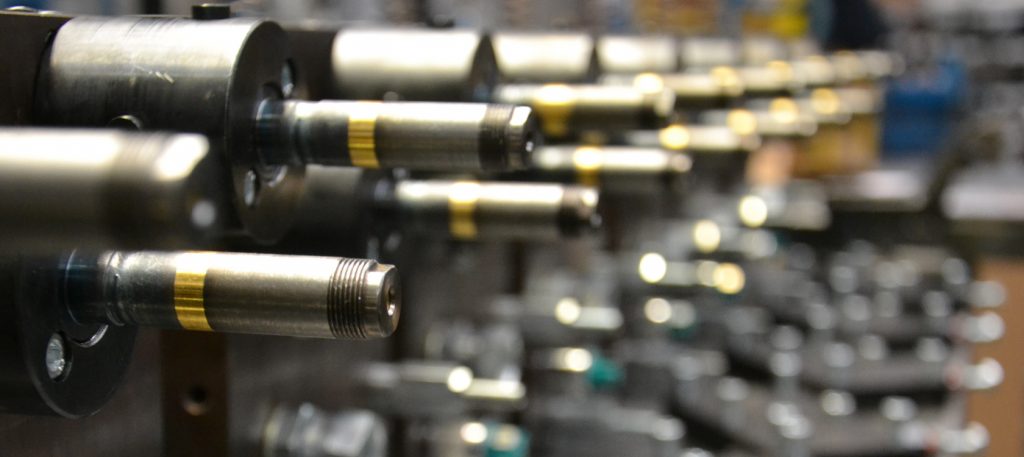Choosing the right elevator components is crucial for ensuring the smooth and efficient operation of an elevator system. Whether you are installing a new elevator or modernizing an existing one, selecting the appropriate components requires careful consideration. Here are some essential tips to help you make informed decisions when choosing elevator components.
Safety Compliance: Safety should always be the top priority when selecting elevator components. Ensure that all components comply with the relevant safety standards and regulations in your region. Look for certifications such as EN 81 European standard or ASME A17.1 American standard to ensure that the components meet the necessary safety requirements.
Reliability and Quality: Choose elevator components from reputable manufacturers known for their reliability and high-quality products. Reliable components minimize downtime and maintenance costs while ensuring passenger safety. Consider factors such as the manufacturer’s reputation, product warranty, and customer review to gauge the reliability and quality of the components.
Compatibility and Integration: Ensure that the elevator components you choose are compatible with your existing elevator system or the new system you plan to install. Components such as controllers, drives, and door operators should integrate seamlessly with each other to ensure proper functioning. Consult with experienced elevator professionals or engineers to ensure compatibility and avoid compatibility issues during installation or modernization.

Energy Efficiency: Energy-efficient components not only help reduce operating costs but also contribute to environmental sustainability. Look for components that feature energy-saving technologies such as regenerative drives, LED lighting, and standby modes. These features can significantly reduce energy consumption and make your elevator system more environmentally friendly.
Performance and Speed: Evaluate the performance capabilities of the elevator components, especially if you have specific requirements for speed, acceleration, or deceleration. Consider factors such as the motor power, control system capabilities, and door opening or closing times to ensure that the components meet your performance expectations.
Maintenance and Serviceability: Opt for elevator components that are easy to maintain and service. Components that have readily available spare parts and are supported by a strong service network can help minimize downtime and ensure prompt repairs when needed. Consider the availability of service technicians, access to technical documentation, and the manufacturer’s commitment to customer support.
Future-proofing and Upgradability: Anticipate future needs and select elevator components that allow for future upgrades and modernization. Technology is constantly evolving, and it is important to choose components that can adapt to new requirements and advancements. This includes features like open communication protocols, software upgradability, and compatibility with emerging technologies.
Cost-effectiveness: While cost should not be the sole determining factor, it is important to consider the overall cost-effectiveness of the lift spare parts. Evaluate the initial purchase cost, maintenance and repair expenses, energy consumption, and potential long-term savings when making your decision. Consider the overall lifecycle cost rather than focusing solely on the initial investment.
By keeping these tips in mind, you can make informed decisions when choosing elevator components. Remember to consult with elevator professionals, engineers, and manufacturers to gain expert insights and ensure that the selected components align with your specific requirements and goals.
